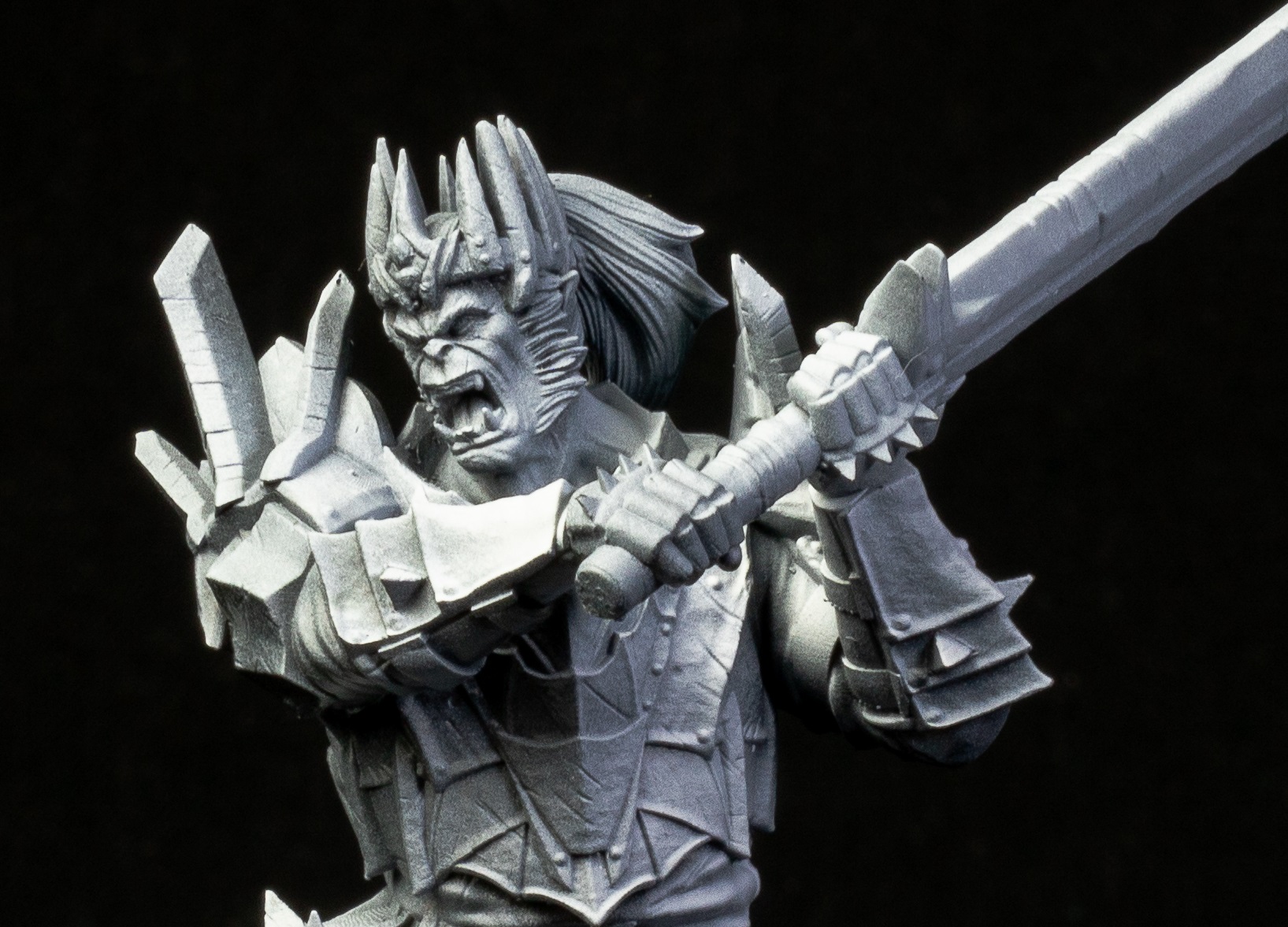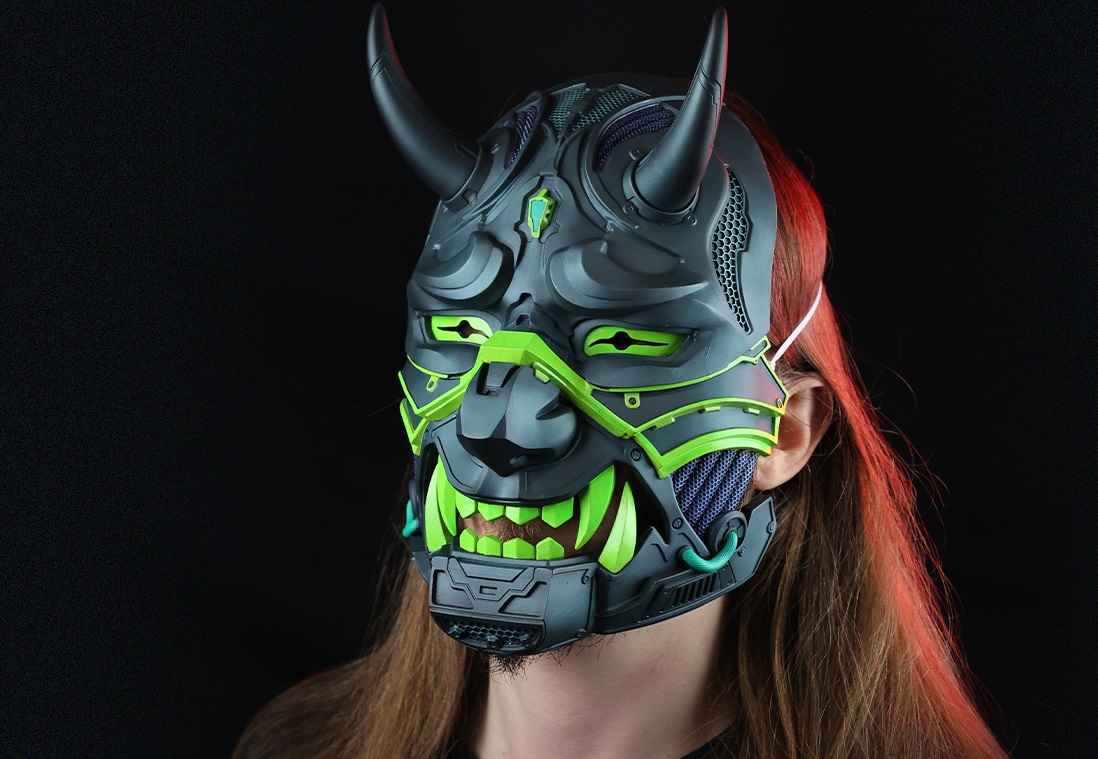3D Printing and Weather
How Can It Affect Your Prints

Should I Worry About It?
Resin isn’t cheap and your time is precious – in some cases, it’s impossible to make your printer work if the weather conditions are extreme. It’s a matter of success rate that pays itself in the long run. Besides, it makes your hobby less frustrating. And that is priceless.
Thought There Were Enough Variables to Deal With When 3D Printing?
3D printing and weather might seem unrelated, but their unifying factor is Physics. Wait. Wait! Come back. It’s intuitive. The key is to start thinking about viscosity. As you might know, resin 3D printers work by polymerizing a cross-section of the desired object. In order for that to happen, the resin has to be thin enough to move out of the way of the build plate (or the partially finished print) while also being thick enough to provide a layer of molecules that will solidify into the desired dimension. Where does Physics come into this?
Think about the different states of matter: liquids have some sort of force that keeps the molecules somewhat bonded into a lattice. The stronger this force, the harder it is to separate them. Viscous objects are merely liquids that are really hard to move around. Bitumen, an element of asphalt, is a liquid that is so viscous that chunks of it break off much before forming a droplet. With all that in mind, I hope it’s clear how an environmental temperature beyond the recommended range can impact your prints.
Ok, Now What?
You’ve identified a potential problem. If your printer sits in a climatized room, most of this article probably won’t matter – keep the thermostat between 70 and 75 F and you should be good (20-24C for the rest of the world). If, however (and most likely so), it usually stays in a garage, shed or something similar. It’s safe to assume that for some parts of the year you will have to work on keeping your printer in that temperature range.
While it is possible that your printer will have a hard time working under 110 F (43 C) weather, these days are outnumbered by the cold ones (or so we hope!). If it’s too warm, there’s no easy way: the room must have a fan or air-conditioning, which brings more problems. It’s too costly to upgrade a whole shed/garage and unsafe to bring equipment into your living space (don’t do that!). Try investing in an enclosure, which you can fit with a portable AC in dire cases. To be honest, these days with extreme heat are rare. Right?
More likely than not, your problem will be in the lower ranges. These can be solved in varying ways. You can think of heating pads, heat guns or a radiator. An enclosure lends a good hand with each choice, allowing you to get a heater with a lower power. 20 ft³ of air is cheaper to warm up than 1000 ft³!

Feeling Chilly?
I hope that all made sense. to be honest, if you follow other guidelines for 3D printing with resin, this shouldn’t be much of a step up in investment. The one built by Valerian Saliou, that covers other necessities by providing a cabinet for 3D printing. There’s likely a separate space dedicated to this activity since it already requires isolation. If you’ve planned the operations and don’t know with which printer to start, here’s our guide. So analyze your current workspace, grab a printer and brace yourselves.
Loot Studios can help you print highly detailed minis, statues and props. Choose your favorite bundle from our previous releases or sign up for Fantasy or Sci-Fi to receive a new bundle every month. You can also check out some tips at our YouTube Channel.




